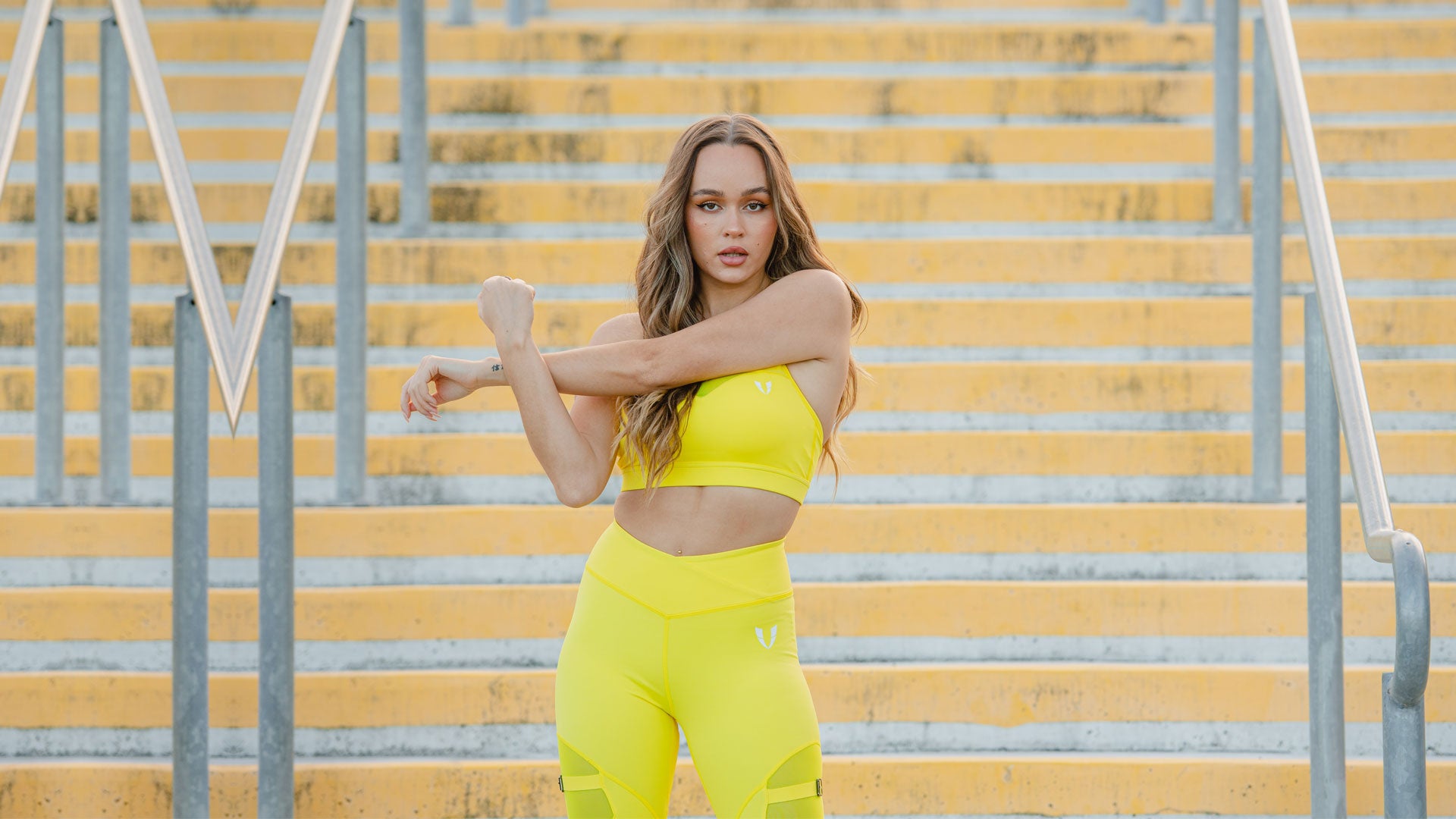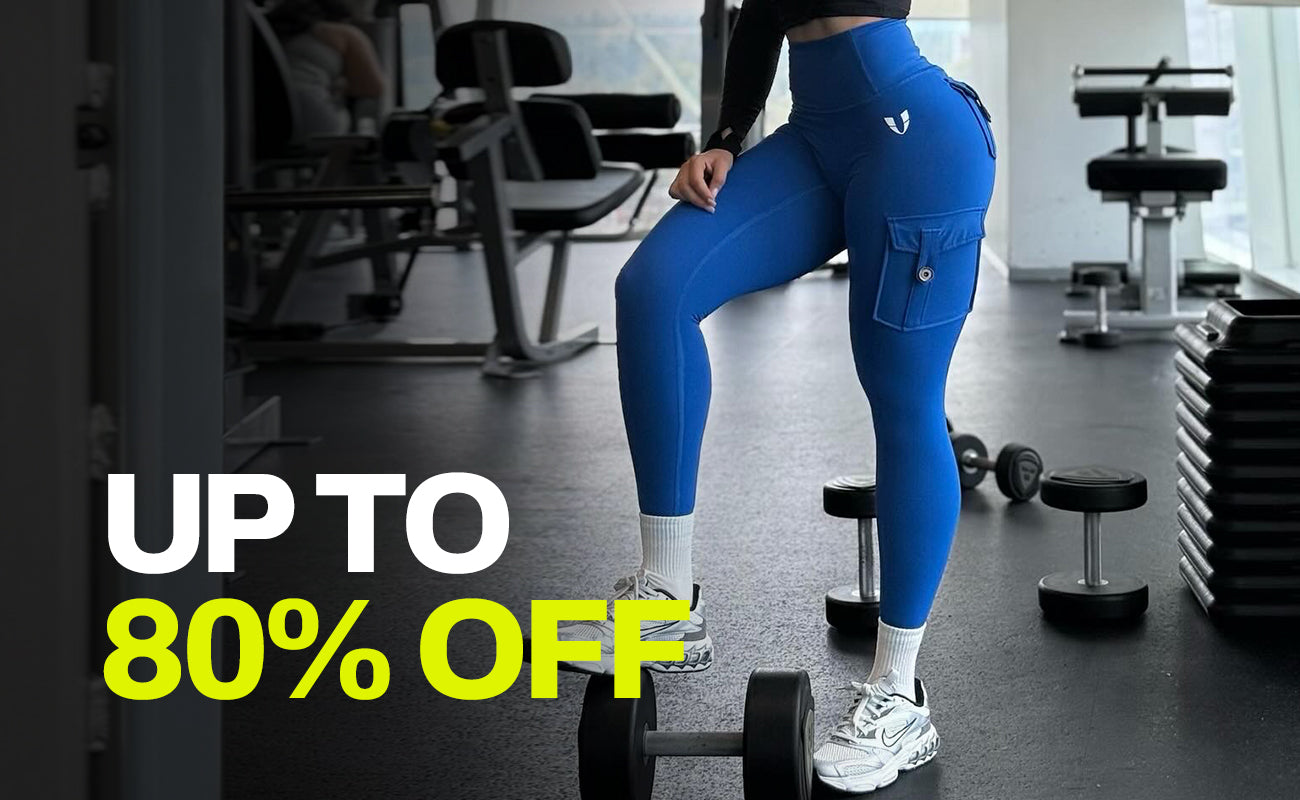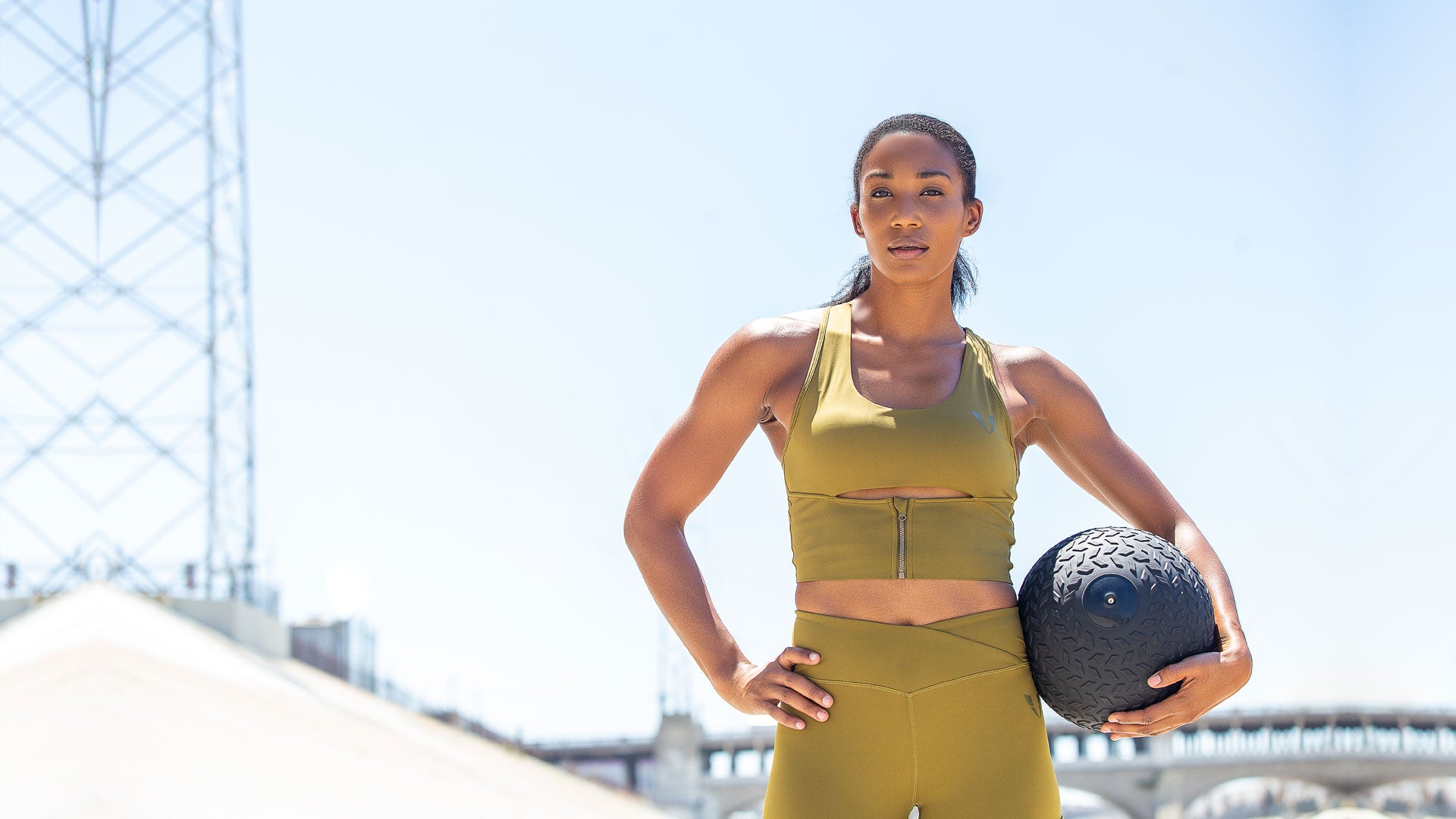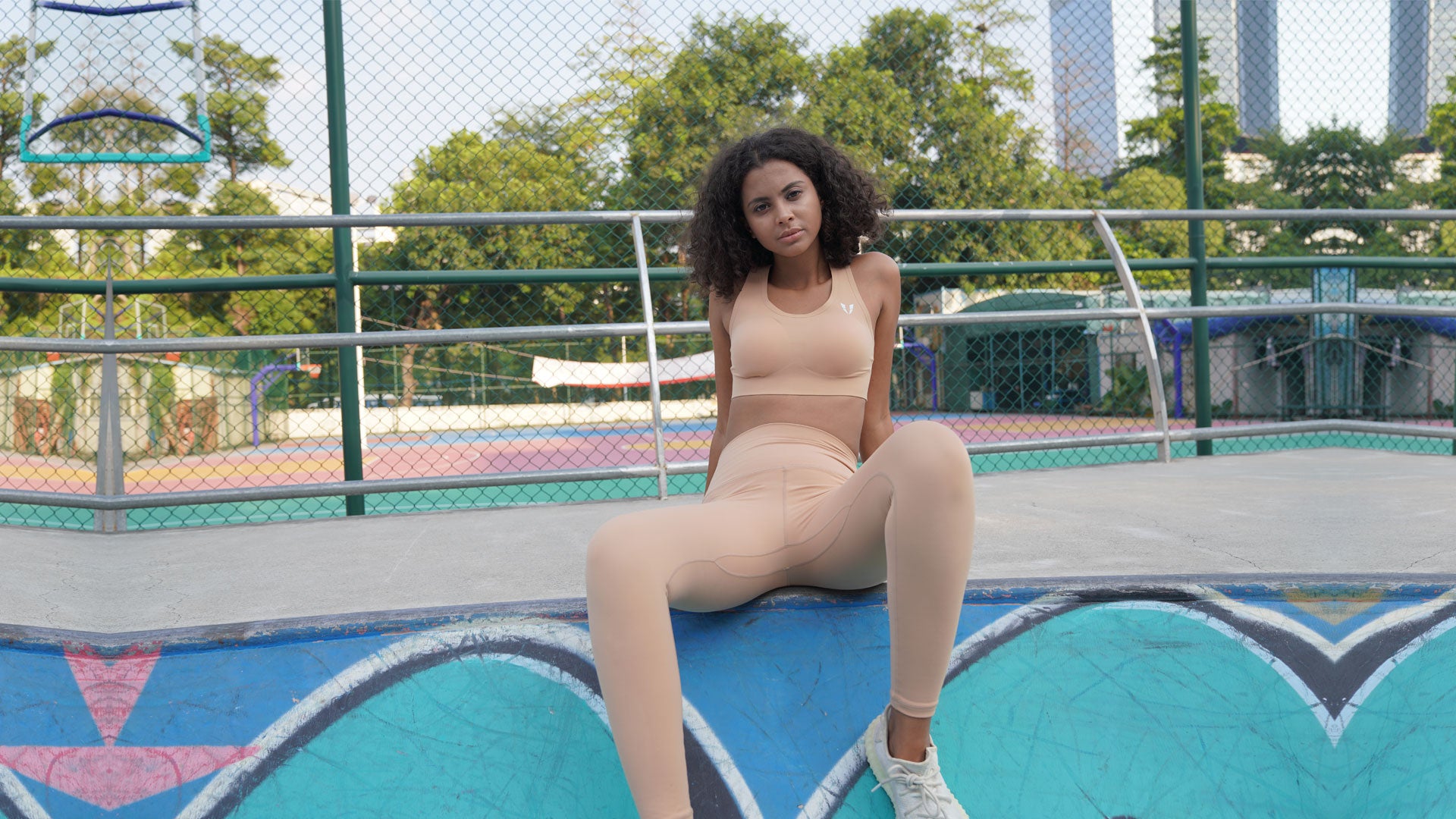
How to get rid of muscle soreness?
If you’ve exercised before, the first thing you think about when you complete that kettlebell class is likely something along the lines of: “This is going to hurt in the morning”. You might have even asked yourself: how in the world do I make this hurt less? Luckily, there are tried-and-true methods that can help you to treat sore muscles, and they’re all super easy to do. Below, we’ll get into why muscles get sore in the first place, and additionally, eight different methods you can use to reduce muscle soreness.
Why do muscles get sore?
When you exercise, your muscles experience microtears. This means that the exercise actually slightly damages your muscle tissue– but this is a good thing! Your body knows how to repair these microtears over a short period of time (usually hours or days). When your body repairs muscle microtears, it gradually builds your muscles stronger and stronger.
However, when you up the intensity of your workouts, or try a form of exercise you’ve never tried (or haven’t performed in a while), you’ll experience more microtears than usual. This is why you feel sore after an extra-intense workout. This is usually healthy, as long as the soreness doesn’t last more than a week or so. At the same time, you may find yourself wondering how to prevent or lessen muscle soreness so that you can get back in the gym. Find out how to fix sore muscles below.
How to ease muscle soreness?
Drink caffeine before exercising
Studies have shown that drinking a cup or two of coffee before exercising can prevent or reduce muscle soreness. However, if coffee doesn’t agree with your stomach, you can always try black or green tea; these contain less caffeine than your average cup of coffee, though, so you may need to drink more to receive the same effects.
Take a cold shower or bath immediately after exercising
Immersing your muscles in cold water can reduce swelling, which can help to relieve sore muscles, if done immediately after your workout. That means taking a cold shower at the gym or taking a cold bath or shower as soon as you get home– no later! It’s important to use cold therapy as soon as possible. If you wait too long, your muscles will have already begun their repairing process, which means you won’t likely see the same soreness-relieving effects.

Treat sore muscles with a foam roller
Massaging any tired muscles on a foam roller after you exercise not only feels great, but it helps to relieve soreness by increasing circulation. This helps to quickly repair microtears, so that you recover faster. You can purchase a foam roller at any sporting goods store. For best results, massage your muscles with your foam roller after every workout.
Stop intense exercise until soreness subsides
If you like to challenge yourself, you may feel tempted to “push through” any muscle soreness and work out just as hard as you normally would. Don’t do this! When sore, your muscles need rest or, at best, a period of active recovery (see the next point for an explanation of this). Your muscles need to heal when they’re sore. Think about it this way: you wouldn’t play baseball if your wrist was injured, right? Probably not– you’d want to give it time to heal. Although muscle soreness isn’t a full blown “injury”, it’s still your body’s way of indicating that it needs time out, so be sure to rest any sore muscle groups until they feel fully recovered.
Do, however, perform light exercise such as walking
Just because your muscles need rest doesn’t mean you have to sit down all day– active rest is perfect for sore muscles. “Active rest” means any light exercise that doesn’t put excessive strain on sore muscle groups. Performing light exercise while sore can eliminate lactic acid buildup, allowing your body to recover quickly. This can look like walking, gentle cycling, hatha yoga, or a light swim, for example.
Rehydrate before, during, and after your workout
If you work out regularly, you likely already know the necessity of staying hydrated. This applies to muscle recovery, too. Studies have shown that staying hydrated before, during, and after exercise can reduce muscle soreness by promoting quicker muscle recovery.
Get a massage
Many massage therapists nowadays offer what’s called a “sports massage”, which targets the specific muscle groups that tend to get the most sore after exercise. Let your massage therapist know what types of exercise you’re doing, and which muscle groups feel most sore. Not only will a massage feel amazing, but it’ll also improve circulation in sore areas, allowing those areas to feel better much sooner.
Eat protein after exercising
Are you in the habit of consuming protein after each and every workout? This can look like eating a protein bar, drinking a protein shake, or having a protein-rich snack such as peanut butter on toast or fried eggs. Your body needs protein to repair muscle tears, and it needs it fast– therefore, remember to eat a protein-filled snack or meal immediately after you finish your workout, before you even change out of your activewear!
Next time you finish that heavy lifting session, remember that you don’t have to simply suffer through your excruciating muscle soreness! Take any of the above steps diligently before and/or after your workout, and you’ll be happy you did the next day. All in all, remember that muscle soreness is not a bad thing, as long as it doesn’t last more than a week or so– it’s a sign that you’re getting stronger.





Leave a comment
This site is protected by hCaptcha and the hCaptcha Privacy Policy and Terms of Service apply.